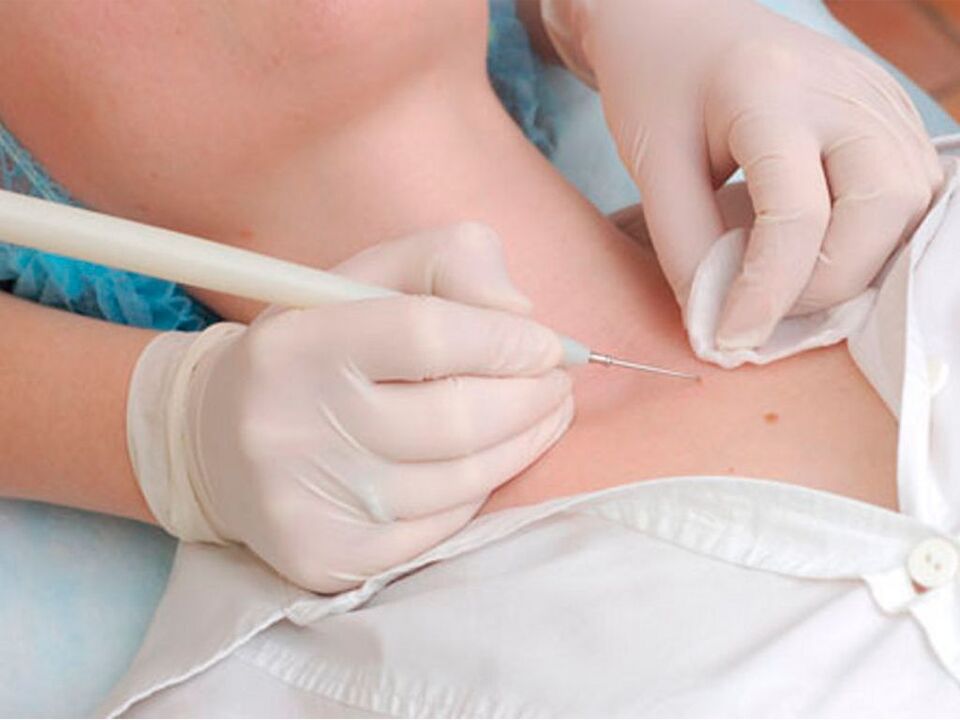
Papillomas are called benign skin and mucous membranes. But some strains can cause tissue degeneration. This is why experts recommend timely removal of papillomas. This will prevent the development of malignant tumors, including the development of cervical cancer in women.
Papillomatous formations appear on the skin and mucous membranes due to the introduction of human papillomavirus (HPV), which may not be detected for a long time. With weakened immunity, tissue damage, chronic transfer leads to cell hyperplasia. HPV begins to actively multiply, causing papillomas or warts on the skin or genitals (genital mucosa).
Causing factors
The following factors contribute to the active growth of papillomas:
- Frequent change of sexual partners, infection with sexually transmitted diseases;
- Household contact with people who have warts, warts or papillomas;
- Damage to the skin and mucous membranes;
- Weakening of immunity.
In 80% of people who reach puberty, HPV is found in an inactive form. The virus does not cause neoplasms to grow for 6-8 months after contact with the virus carrier. The exceptions are genital warts and papillomas - they appear in the first weeks after intimate contact with an infected person.
Why remove papillomas
Papillomavirus is fraught with serious health threats. Particularly dangerous are strains with high oncogenic risk: 16, 18, 30, 31-35, 56-59, 67-68. When papillomatous growths appear, it is necessary to consult a dermatologist or venereologist. The doctor will conduct an external examination and schedule a PCR diagnosis, which will detect the DNA of the virus and determine the degree of oncogenicity of a particular strain.
Also, the specialist will select the most effective surgical techniques. Only a doctor who has the results of the examination can say exactly how to remove papillomas with minimal health risks. It is not recommended to leave such neoplasms. Under the influence of unfavorable factors they can become inflammatory, bleeding, lead to hyperplasia of benign or malignant tissues.
ᲛImportant!It is necessary to remove papillomas in intimate areas - this is where neoplasms with the highest oncogenic risk most often occur.
If papillomatous growths are found on the external genitalia (vulva, perineal region, scalp), it is necessary to consult a venereologist. In addition, it is worth taking the tests prescribed by your doctor, which aim not only to determine the type of HPV, but also to detect concomitant urogenital infections.
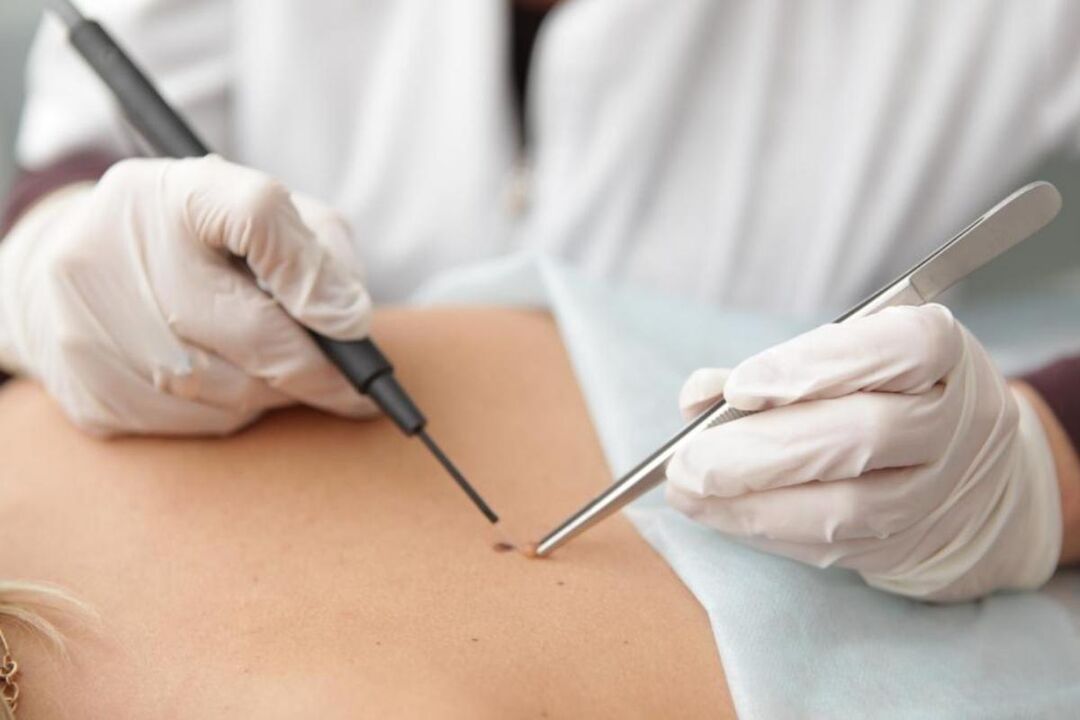
Surgical treatment of papillomas
Basic methods of surgical treatment of papillomas:
- Use special local remedies that can remove papillomas at home;
- Cryodestruction (removal of papillomas with liquid nitrogen);
- Laser coagulation (laser removal of papillomas);
- Radiofrequency ablation of papillomas;
- Cutting out the formations with a scalpel.
Any of the listed methods can remove papillomas. The specialist will help you choose the appropriate option, taking into account the location of the neoplasm, the number of papillomatous formations and diagnostic data. Before removing papillomas, the doctor should make sure that there is no malignant process. At high oncogenic risk, experts prefer the classic method of papilloma removal - excision of neoplasms with a scalpel.
Basic instructions for removing papillomas:
- Desire to get rid of a cosmetic defect in the form of single or multiple papillomatous formations of the skin and mucous membranes;
- Frequent damage to neoplasms that are in the arms, neck, groin folds, bleeding and becoming inflamed, leading to a risk of malignant tissue tumors;
- Detection of medium and high oncogenic risk papillomas;
- Presence among relatives of people with malignant neoplasms;
- The site of papilloma localization is the genitals and internal genitals.
It is an ideal time to get rid of papillomas
Before removing papillomas from the body and face, the doctor warns the patient about possible complications, including the appearance of age spots. The risk of pigmentation is higher in spring and summer. Many people wonder if it is possible to remove papillomas in the summer. If the growths are located in open areas of the body or on the face, it is best to postpone surgery to the cool season when the likelihood of secondary infection and pigmentation is lower (the activity of ultraviolet rays decreases during the autumn-winter period).
ᲛImportant!Removing the neoplasm alone is not enough - thus, it will be impossible to stop the growth of the papillomavirus. Surgical methods are inevitably combined with therapeutic.
It is impossible to get rid of HPV completely - a small amount of the virus will still remain in the body. But with antiviral drugs, surgical methods give superior treatment results.
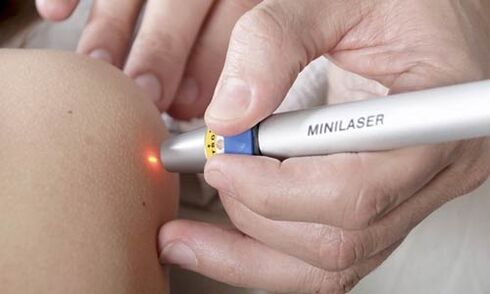
Laser removal of papillomas
Laser removal of papillomas is a modern method of surgical treatment of HPV. Most often, specialists use carbon dioxide laser systems. After the procedure, no scars and defects remain on the skin. The high cost of laser removal of papillomas is consistent with the effectiveness of the method. The final value depends on the size and quantity of the damage. At one time the doctor can perform laser destruction of 5-20 medium-sized formations. After examination and consultation, the specialist will say exactly what it costs to remove papillomas and give detailed recommendations. In addition, antiviral treatment is mandatory. Medications are also chosen by the attending physician.
Laser removal of papillomas can be performed on any part of the body, including the genitals. This method is bloodless and contactless. The laser has an anti-inflammatory effect on the tissues, seals the blood vessels, prevents bleeding. Most often, papillomas appear on the hands (warts) and on the neck - in the form of fibrous growths that are easily damaged during hygiene procedures. Such neoplasms do not have a high oncogenic risk, but it is still better to get rid of them.
Characteristics of laser removal of papillomas
You need to consult a dermatologist before the procedure. The doctor examines the skin and determines possible contraindications:
- Tissue damage;
- Local inflammation of the skin and mucous membranes;
- Pregnancy;
- Aggravation of any infectious process;
- Herpes
Laser removal of papillomas uses semiconductor lasers that evaporate viral neoplasms and at the same time coagulate blood vessels. After the destruction of the papillomavirus, a protective crust (cortex) forms on the skin. He denies it a week after his removal. 2 months after the procedure, the skin tone will be completely even. The place where the papillomas were would not be different from the surrounding tissues.
Skin care
The scab formed after laser removal of the papilloma should be protected from sun, water and cosmetics. Attempting to forcibly cut the cortex is prohibited - this can lead to wound infection, rough scars, and increased tissue healing time.
Once the scab has receded, it is recommended to lubricate the skin with sunscreen before going outside. This will prevent age spots from forming. It is not necessary to wear sunscreen during the winter months.
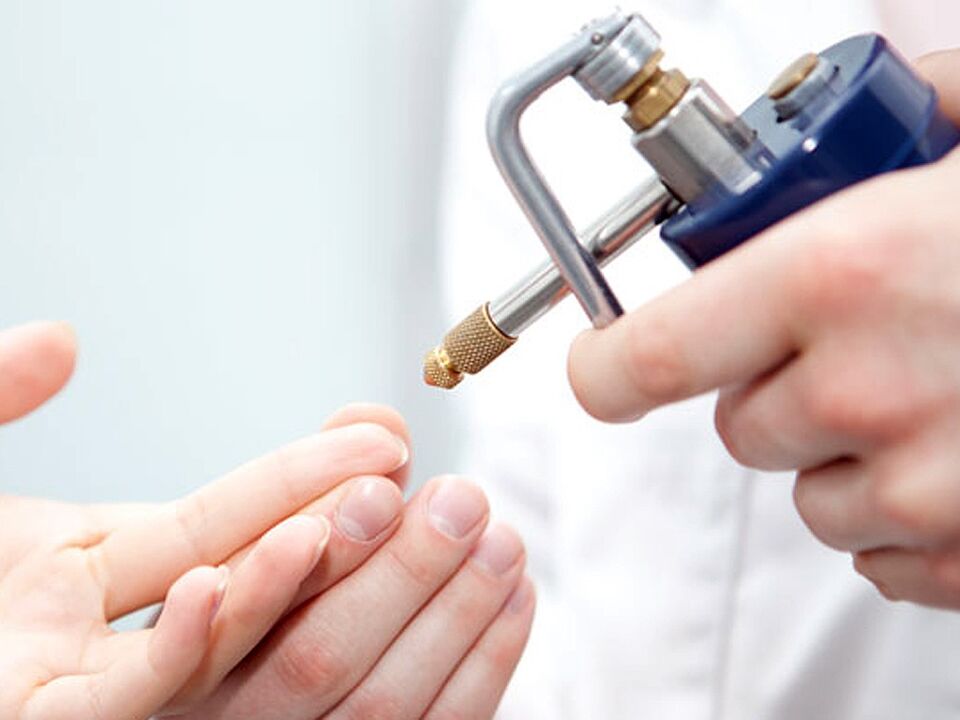
Removal of papillomas with nitrogen
Nitrogen removal of papillomas involves freezing of neoplasms (cryodestruction). The method is effective for single papillomatous formations on the skin. An important disadvantage of cryodestruction is the inability to control the freezing depth of tissues. Therefore, a responsible approach when choosing a clinic where papillomas will have to be removed is so important. The doctor must have permission to perform the surgical activity.
Extremely low temperatures stop metabolic processes in neoplasm cells, leading to their death. A necrotic area develops at the site of the removed papilloma, which is gradually replaced by healthy tissue. Cryodestruction is available in most patients. The procedure is much cheaper than other methods (laser coagulation, radiofrequency ablation of neoplasms).
Papillomas can be removed both for aesthetic reasons and in the presence of specific indications. Particularly disturbing are neoplasms, which increase dramatically in size, change shape and shape, become inflamed and injured during hygiene procedures.
Characteristics of cryodestruction
Before removing papillomas with liquid nitrogen, the doctor carefully examines the skin, assesses the general state of health and determines the possible contraindications:
- Acute infectious processes;
- Decompensated stage of somatic diseases;
- Aggravation of skin diseases;
- Herpes;
- Tissue damage at the site of the neoplasm;
- Pregnancy.
Nitrogen removal of papillomas is performed without anesthesia. The Cryodestructor applicator is applied to the neoplasm for 1-2 minutes. The skin becomes white and cold and temporarily loses its sensitivity. There is a slight tingling sensation during the procedure, a burning sensation may appear. Within a few hours of the procedure, the skin swells and reddens, and within 24 hours after cryodestruction, vesicular elements appear on the treated area, which contains serous fluid.
Tissue cryonecrosis lasts up to a month, after which the dead areas of the neoplasm are rejected and invisible spots appear in their place, which disappear completely after 3-5 months after the application of liquid nitrogen.
Skin care
During the first week after removal of papillomas by cryodestruction, it is recommended to protect the skin from moisture, sun and other harmful factors. If severe inflammation occurs, you should consult your doctor. Normally, tissues heal on their own, but at a low epithelialization rate, your doctor may recommend cosmetics that accelerate the regeneration of damaged skin.

Removal of papillomas by electrocoagulation
Electrocoagulation of papillomas involves the removal of growths on the skin with an electric current. The method is quite traumatic, but it has an affordable price. High-frequency current coagulates neoplasm proteins, leading to tissue rejection.
Procedure characteristics
Prior to electrocoagulation, a specialist may prescribe dermatoscopy, PCR, and other methods of laboratory diagnosis. The doctor examines and identifies possible contraindications:
- Exacerbation of herpes infection and any inflammatory process;
- Pregnancy;
- Suspicion of malignant nature of papillomas;
- Hypersensitivity of the skin, allergic reaction to electricity;
- Exacerbation of acute somatic diseases, especially in the decompensation stage.
Skin care
Electrocoagulation of papillomas does not require complex skin care. It is essential to avoid the action of predisposing factors that can provoke inflammation and add secondary infection. During the first week, the formed scab is rejected, after which the skin is completely cleansed and replaced with new cells. During this period it is necessary to avoid exposure to direct sunlight. Your doctor may recommend treating the wound with a weak solution of potassium permanganate.
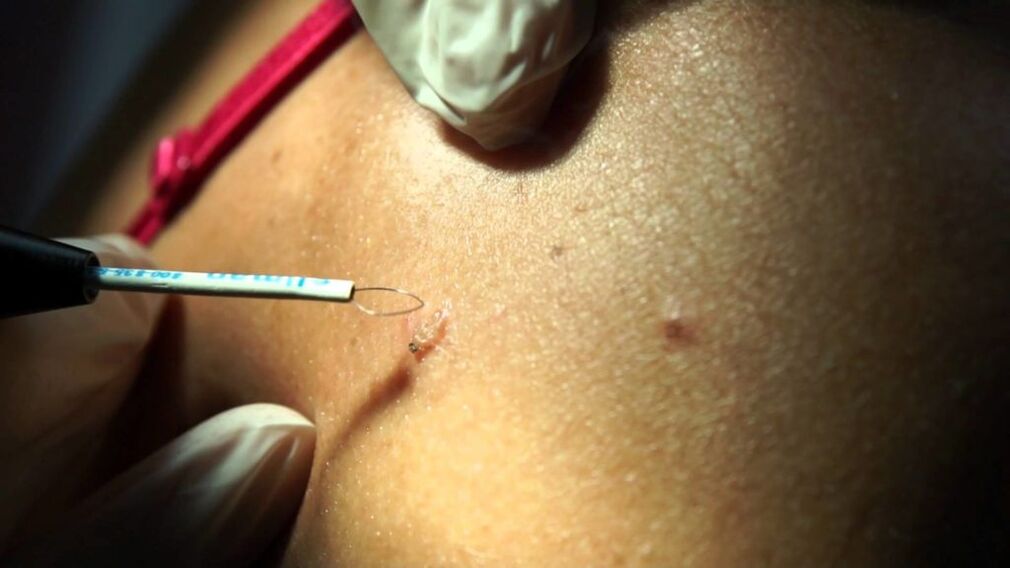
Radiofrequency ablation of papillomas
Radiofrequency ablation of papillomas is accompanied by traumatic incision and coagulation of neoplasm tissues. Radio waves provide a highly accurate effect, while they do not damage healthy tissue and prevent the spread of HPV in the blood. Radiosurgical devices used in modern clinics are distinguished by their safety and allow to minimize the risk of any complication.
Procedure characteristics
Preliminary diagnosis allows you to determine the number of viruses in the body, the type of HPV and the degree of oncogenic risk. When choosing a method of treatment, the doctor considers the general state of health and identifies possible contraindications:
- Pregnancy, menstruation;
- Aggravation of any infectious and inflammatory processes and somatic diseases;
- The presence of malignant tumors;
- Exacerbation of herpes infection;
- Skin damage at the site of exposure to the radio wave.
High-frequency energy breaks down the skin, coagulates blood vessels and papilloma tissues. In this case, the electrode has no direct contact with the tissues, which avoids painful sensations and muscle spasms. Unlike the electrocoagulation method, by using radio waves, it is possible to reduce the time of thermal exposure and the necrosis of the treated areas.
Skin care
The procedure is performed under local anesthesia. Removal of papillomas takes only 15-30 minutes. Instead of treated tissue spots, scars remain that deny themselves within a week, leaving no rough scars or other defects. It is recommended to limit the contact of water and ultraviolet rays during the recovery period; Do not use cosmetics or household chemicals.

Surgical excision with a scalpel
Removal of papillomas with a scalpel during classical surgery is quite rarely used, mainly when malignant signs of neoplasm are detected. In this case, the surgeon removes the papillomatous growths by pressing on healthy skin.
The method is traumatic, leaving scars and spots. If desired, they can be removed using laser and other cosmetic procedures, including acid peels. Specialists try not to use surgical excision of papillomas in open areas of the body and on the face.
Remedies to get rid of papillomas
Papilloma and wart remedies work the same way: they contain substances that cause the destruction of neoplastic cells by forming a small scar in the future. It is advisable to use modern types of drugs that have a low risk of complications in the form of secondary infection, acute inflammatory reaction, spots and scars. It is also possible to use cryopreparations that can replace standard cryodestruction.
Removing papillomas at home is quite dangerous, especially with large neoplasms. It is best to contact specialists who will select the optimal treatment options, including antiviral therapy that will prevent a recurrence of human papillomavirus infection in the future. A professional will tell you exactly how to remove papillomas at home and it is worth doing. Preparations for topical application to skin growths are used for single small neoplasms.
Since it is not always possible to remove papillomas only with the help of pharmacy products, it is still recommended to consult a dermatologist. For small neoplasms, your doctor may recommend proven drugs that will destroy the papillomatous growths. In addition, the use of antiviral drugs is recommended. An integrated approach increases the effectiveness of the whole treatment process. Release of antiviral drugs is possible only if the papillomas are solitary and not prone to proliferation and malignancy.
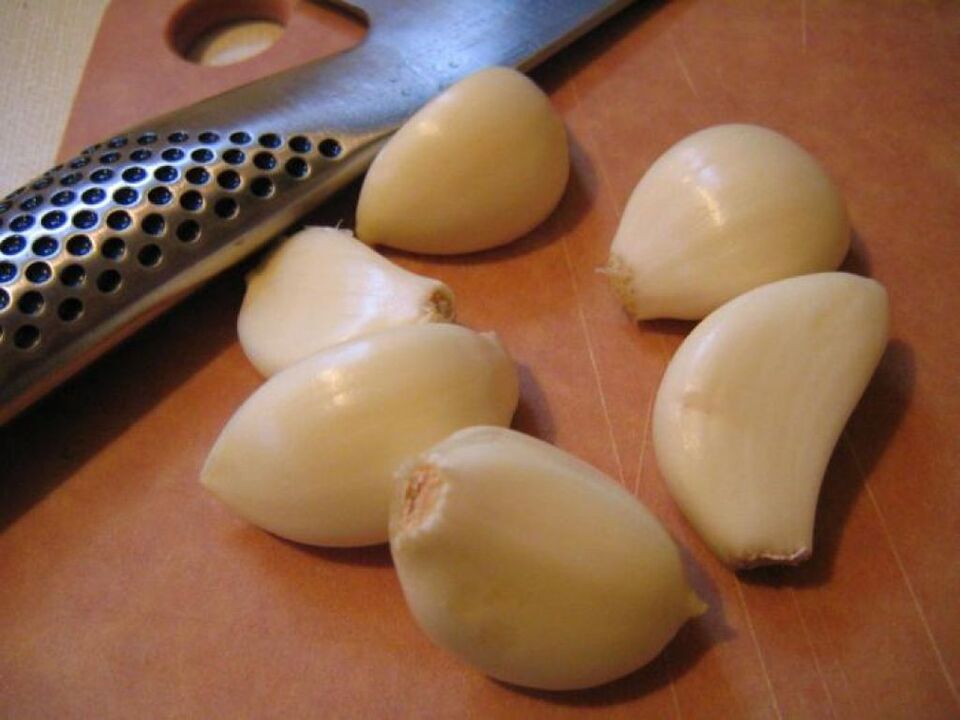
Removal of papillomas by folk methods
Removal of papillomas from home with folk remedies is popular. The public does not take papillomavirus seriously enough. Many do not even know that papillomas can become malignant. Since it is almost impossible to remove papillomas at home without risk to health, it is recommended to consult a dermatologist first. Using modern diagnostic methods, the doctor will be able to assess the nature of the neoplasm and select an effective treatment regimen.
Common methods of removing papillomas at home
You can remove papillomas at home using the following tools:
- Celandine juice;
- garlic;
- Green walnut juice;
- Salicylic acid.
ᲛImportant!The methods listed destroy the growths on the skin. The use of such joints on mucous membranes is strictly prohibited due to the high risk of acute inflammatory reaction and chemical burns.
Most often, celandine juice is used to get rid of papillomas. The affected areas of the skin are treated with this remedy several times a day. In this case, celandine should not be used for healthy tissues. To prevent burns, it is recommended to treat the undamaged skin with vegetable oil or zinc ointment before using the juice.
Nyor has a disinfectant effect, with prolonged use it helps to remove warts and papillomas. But this method is not suitable for those who have sensitive skin. Garlic often causes inflammatory reactions, burning sensation and redness.
Salicylic acid helps to destroy skin formations, which is provoked by the active reproduction of papillomavirus. This medication is often included in ready-made preparations to remove papillomas and warts. Salicylic acid is applied topically several times a day until the neoplasm is completely dead.
Green walnut juice strongly stains the skin. The tool should be used for a long time to achieve papilloma drying. The treated fabrics acquire a dark brown color, it is possible to exfoliate and dry the skin.














































































